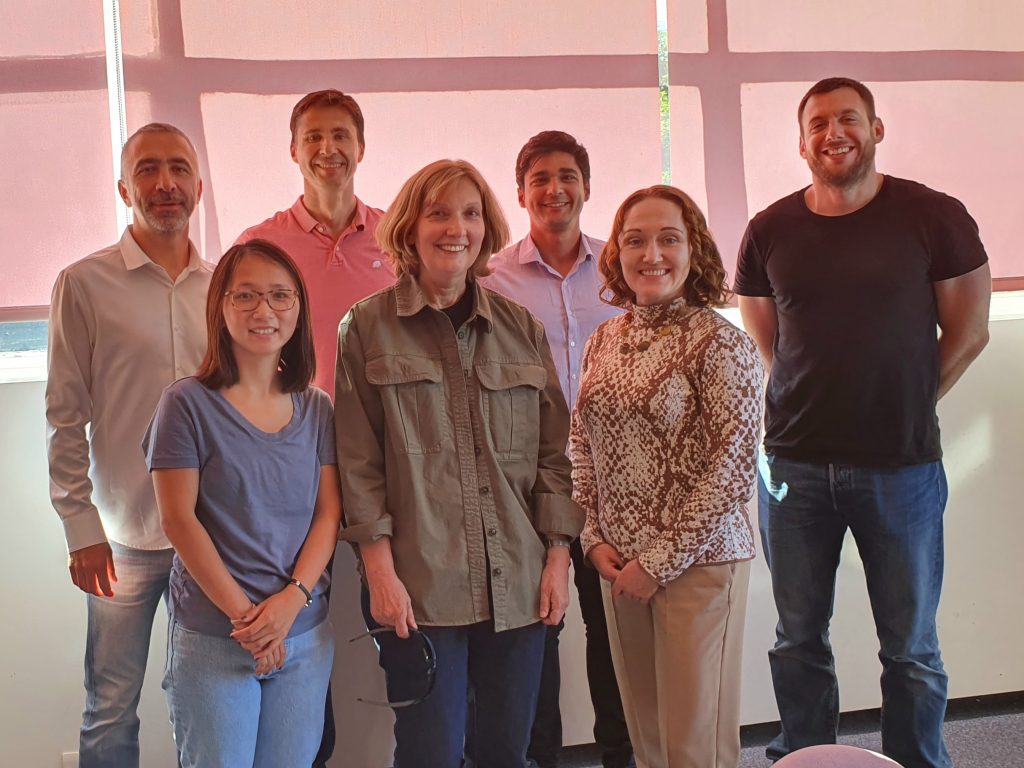This multidisciplinary project is an international collaboration between Georgia Tech, Georgia State University and Heriot-Watt University in the area of applied mathematics, nonlinear dynamics and energy harvesting with soft electroactive polymers. The project will address gaps and opportunities in mathematical developments and in practical applications for impact-based engineering devices and systems with non-smooth dynamics, critical for understanding the harvesting of vibrational energy. The main research objective is to develop a universal suite of mathematical methodologies for the analysis and optimized performance of deterministic and stochastic non-smooth engineering systems. These approaches are pursued with a focus on practical engineering models of vibro-impacting energy harvesting systems and nonlinear dynamic dampers, within the broad area of targeted energy transfer. Integrating novel nonlinear, stochastic, and computational approaches with experimental and real-world data both for energy harvesting and for devices that mitigate vibration will pave new pathways for analysis-based design and model validation.
News
13-14 June, 2022 – Progress and Planning for 2022
This meeting will bring together researchers working on the various projects within this NSF-EPSRC Collaborative Research Grant. Reports will cover topics including the development of new computational methods for stochastic systems, innovations for different types of impact models, new insights on parametric effects in sequences of smooth and non-smooth bifurcations, novel approaches for studying the global stability of non-smooth dynamical systems, and advances in the general area of targeted energy transfer. Planning activities will focus on the next steps for advanced stochastic models of vibro-impact energy harvesting, including integration of these approaches with experimental data and further dissemination of the results.

July, 2021 – Media Appearances
And finally… Good vibrations – Scottish Construction Now
Rachel Kuske: As the bridge vibrations are inherently noisy, the analysis will also identify how to leverage noise sources that are beneficial and mitigate effects from detrimental noise sources.
Forth Bridge and Queensferry Crossing vibrations could be used for electricity generation – New Civil Engineer
Daniil Yurchenko: What we are doing is creating a more efficient and cost-effective solution by harvesting energy that would otherwise be lost.
International research project seeks to capture bridge energy – Bridge Design & Engineering
Igor Belikh: This project seeks to provide guidelines for designing power supplies that can harvest energy from bridge oscillations.
Latest Research
Systematic matrix formulation for efficient computational path integration (link)
Henrik T Sykora, Rachel Kuske, Daniil Yurchenko
7 September 2022
Improving the performance of a two-sided vibro-impact energy harvester with asymmetric restitution coefficients (link)
Sam Dulin, Kailee Lin, Larissa Serdukova, Rachel Kuske, Daniil Yurchenko
1 March 2022
Post-grazing dynamics of a vibro-impacting energy generator (link)
Larissa Serdukova, Rachel Kuske, Daniil Yurchenko
3 February 2021
Stability and bifurcation analysis of the period-T motion of a vibroimpact energy harvester (link)
Larissa Serdukova, Rachel Kuske, Daniil Yurchenko
26 October 2019
